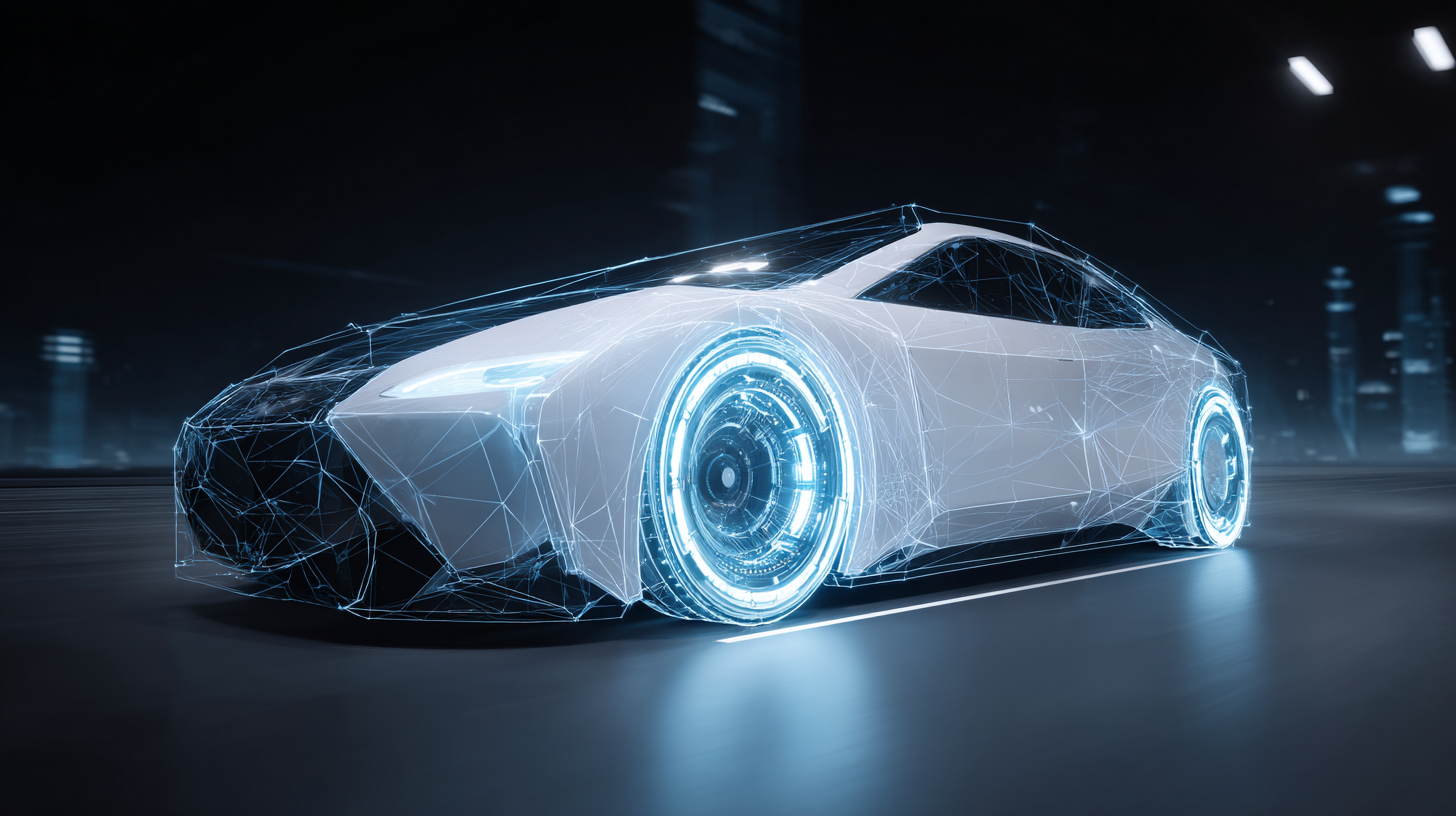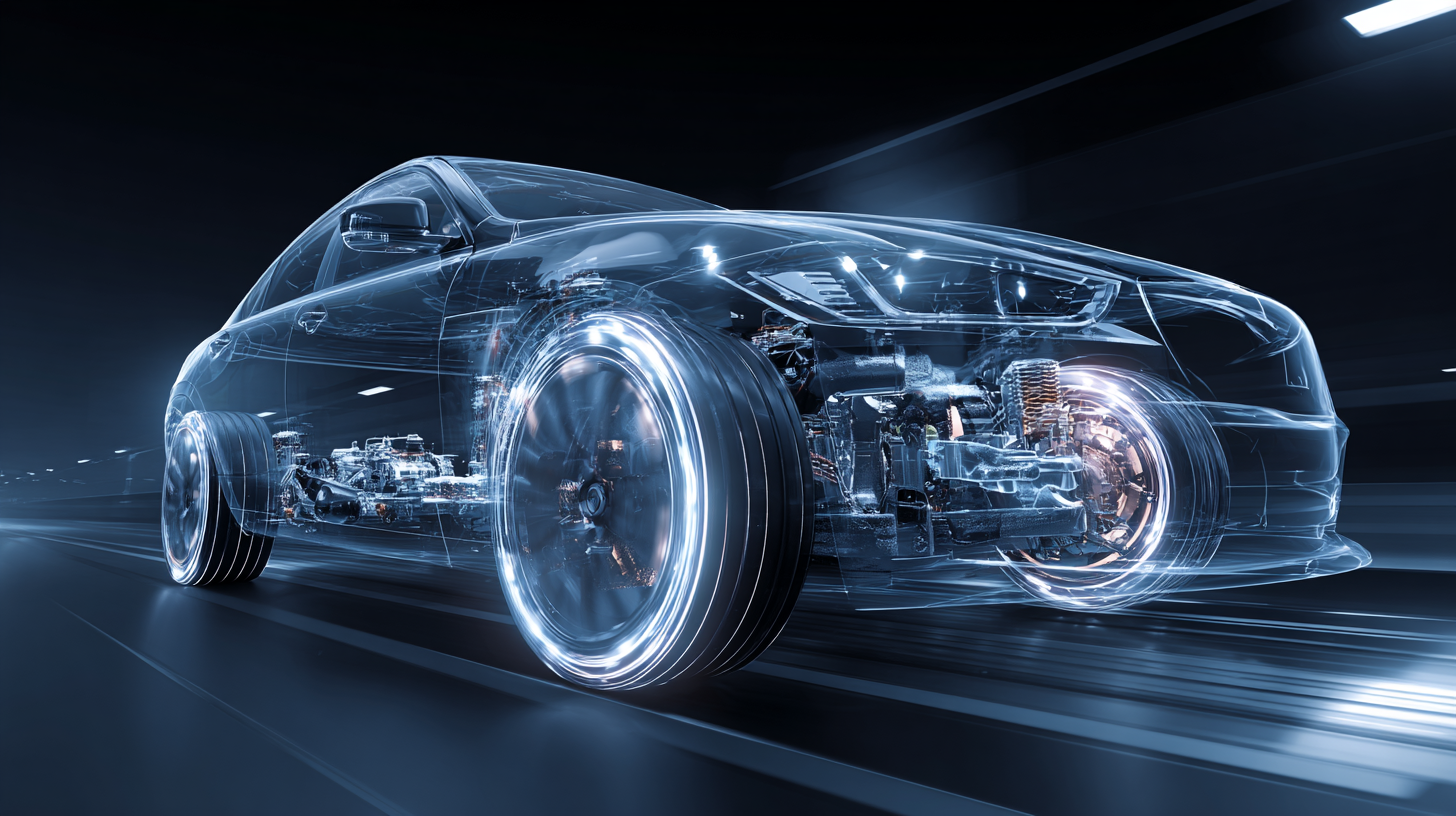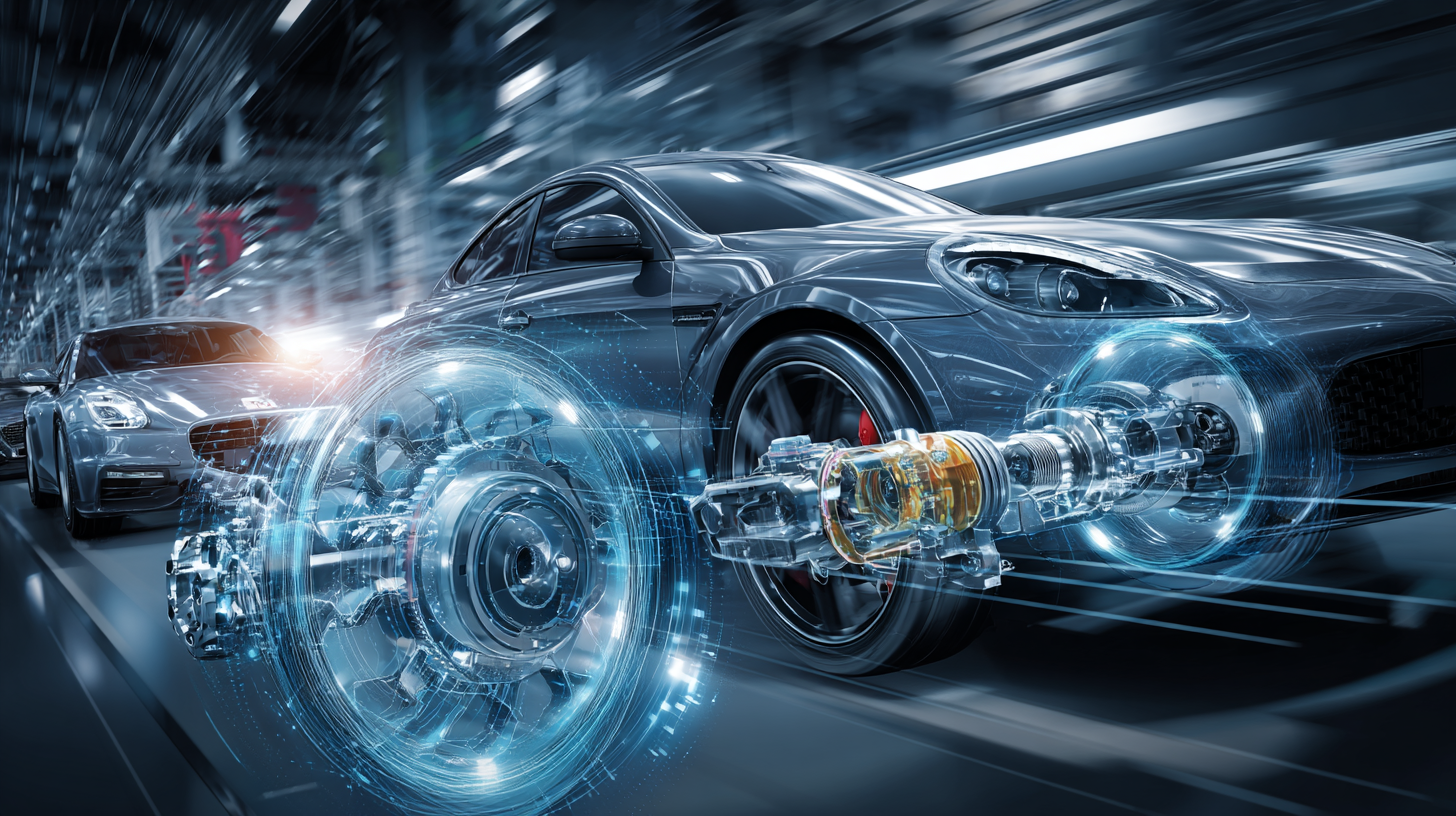| Advanced Regenerative Braking |
System that recovers kinetic energy during braking. |
Improves range; reduces wear on brakes. |
Increasingly used in electric vehicles. |
High; expected to see wider adoption. |
| Electric Drive Systems |
Directly transfers electrical energy to wheels. |
Instant torque; reduces emissions. |
Widely adopted in passenger vehicles. |
Medium; more models expected. |
| Wireless Charging |
Allows vehicles to charge without plugging in. |
Convenience; reduced wear on connectors. |
Emerging technology; limited locations. |
High; potential for widespread usage. |
| Adaptive Cruise Control |
Adjusts vehicle speed to maintain safe distance. |
Enhances safety; reduces driver fatigue. |
Common in modern vehicles. |
Medium; evolving into autonomous driving. |
| Torque Vectoring |
Redistributes power between wheels for control. |
Improves handling; increases stability. |
Gaining traction in sports and luxury cars. |
High; likely to see more standard applications. |
| Integrated Energy Management Systems |
Optimizes energy use across all vehicle systems. |
Maximizes range; minimizes energy loss. |
Emerging in high-end vehicles. |
High; expected to be standard in future models. |
| Vehicle-to-Grid Technology |
Allows electric vehicles to return energy to the grid. |
Benefits grid stability; earns vehicle owners revenue. |
Still in pilot projects; limited deployment. |
Very high; potential to transform energy markets. |


 Solid-state batteries are poised to revolutionize energy storage technology, redefining the landscape of electric vehicles (EVs) and other applications. Advancements in this field have led to significant breakthroughs, such as improved energy density and faster charging times. These batteries utilize a solid electrolyte, which enhances safety and efficiency compared to traditional lithium-ion batteries. Noteworthy innovations include pilot productions set for the near future, which promise to elevate EV performance and sustainability.
Solid-state batteries are poised to revolutionize energy storage technology, redefining the landscape of electric vehicles (EVs) and other applications. Advancements in this field have led to significant breakthroughs, such as improved energy density and faster charging times. These batteries utilize a solid electrolyte, which enhances safety and efficiency compared to traditional lithium-ion batteries. Noteworthy innovations include pilot productions set for the near future, which promise to elevate EV performance and sustainability.
